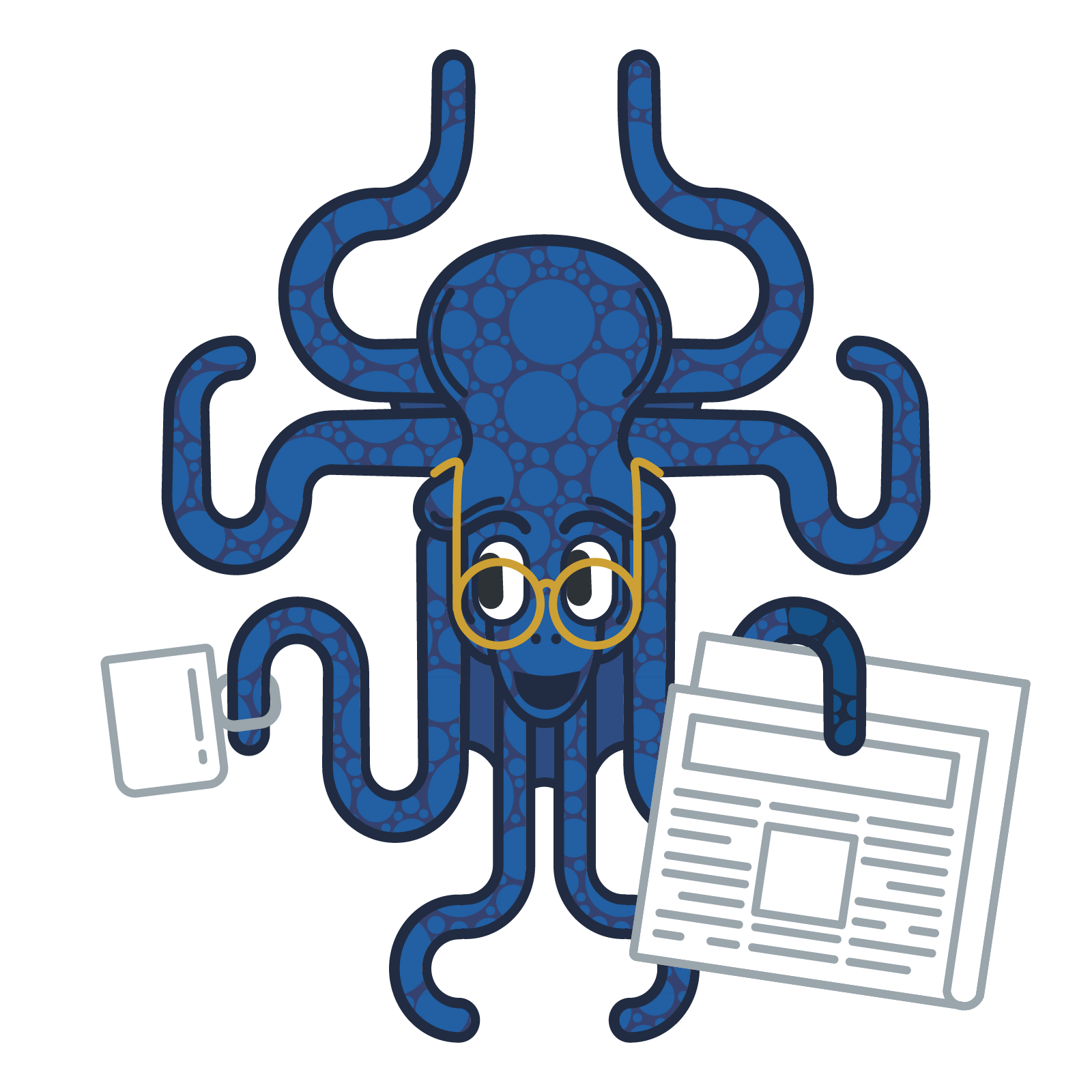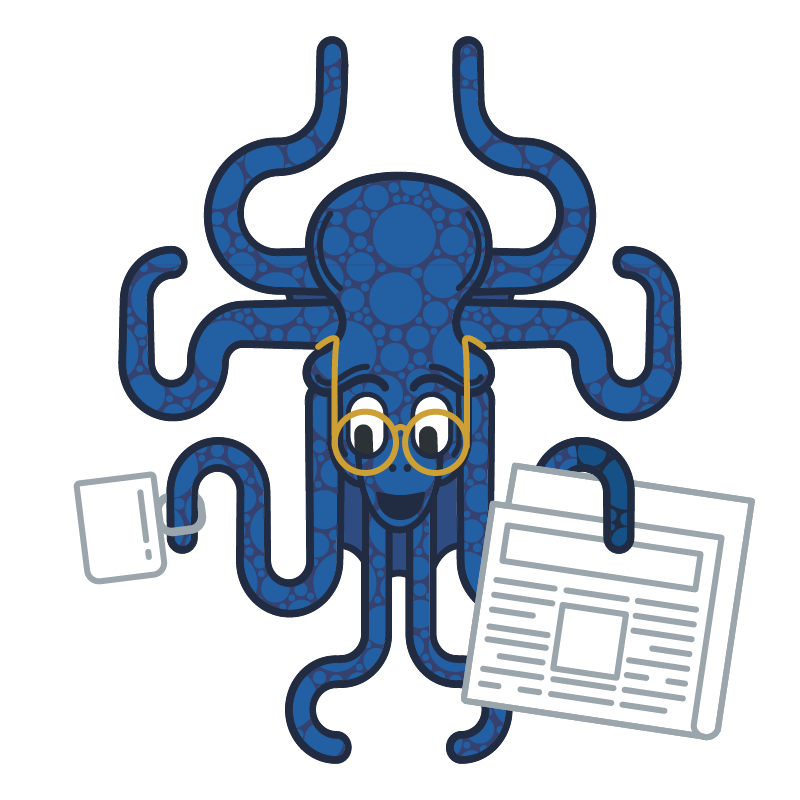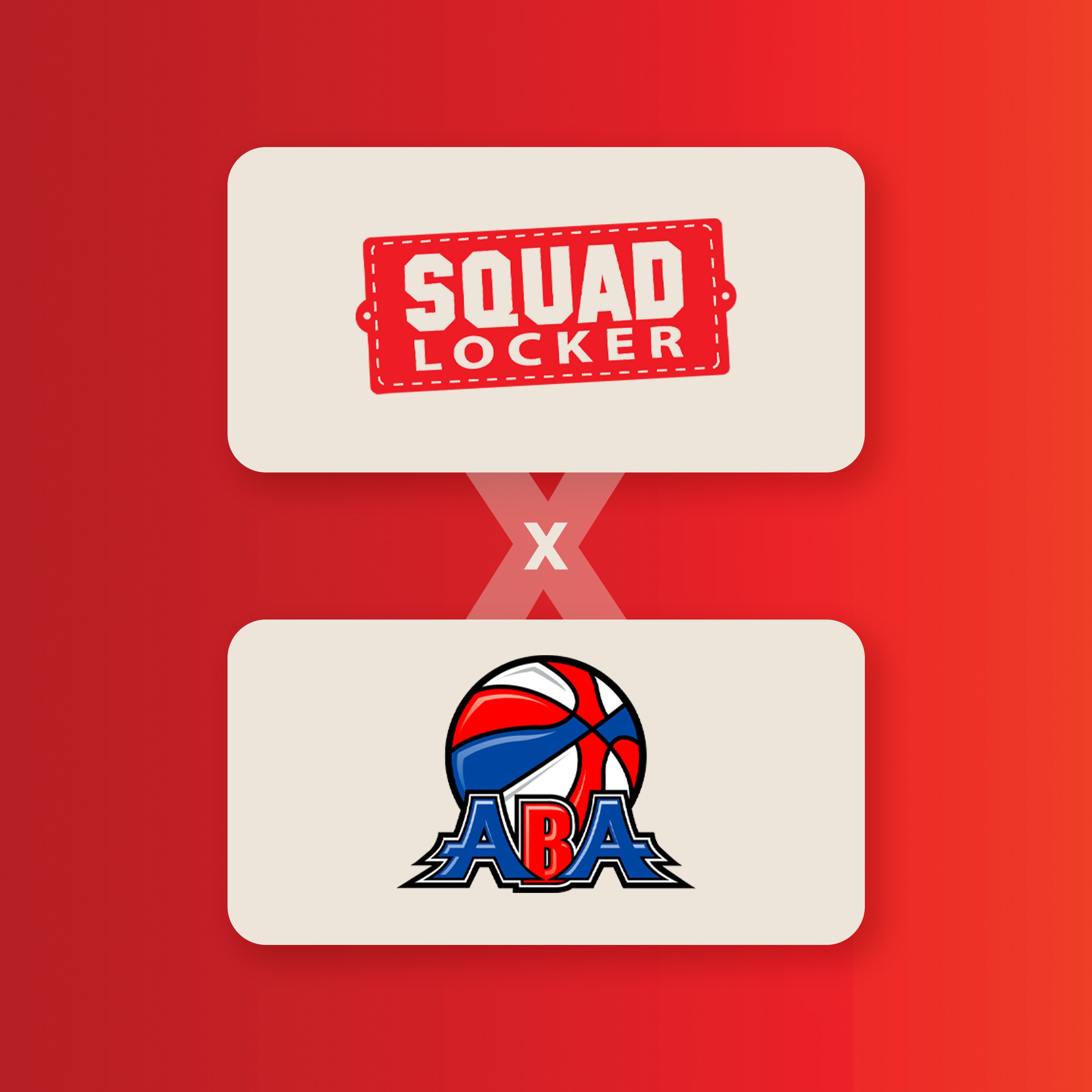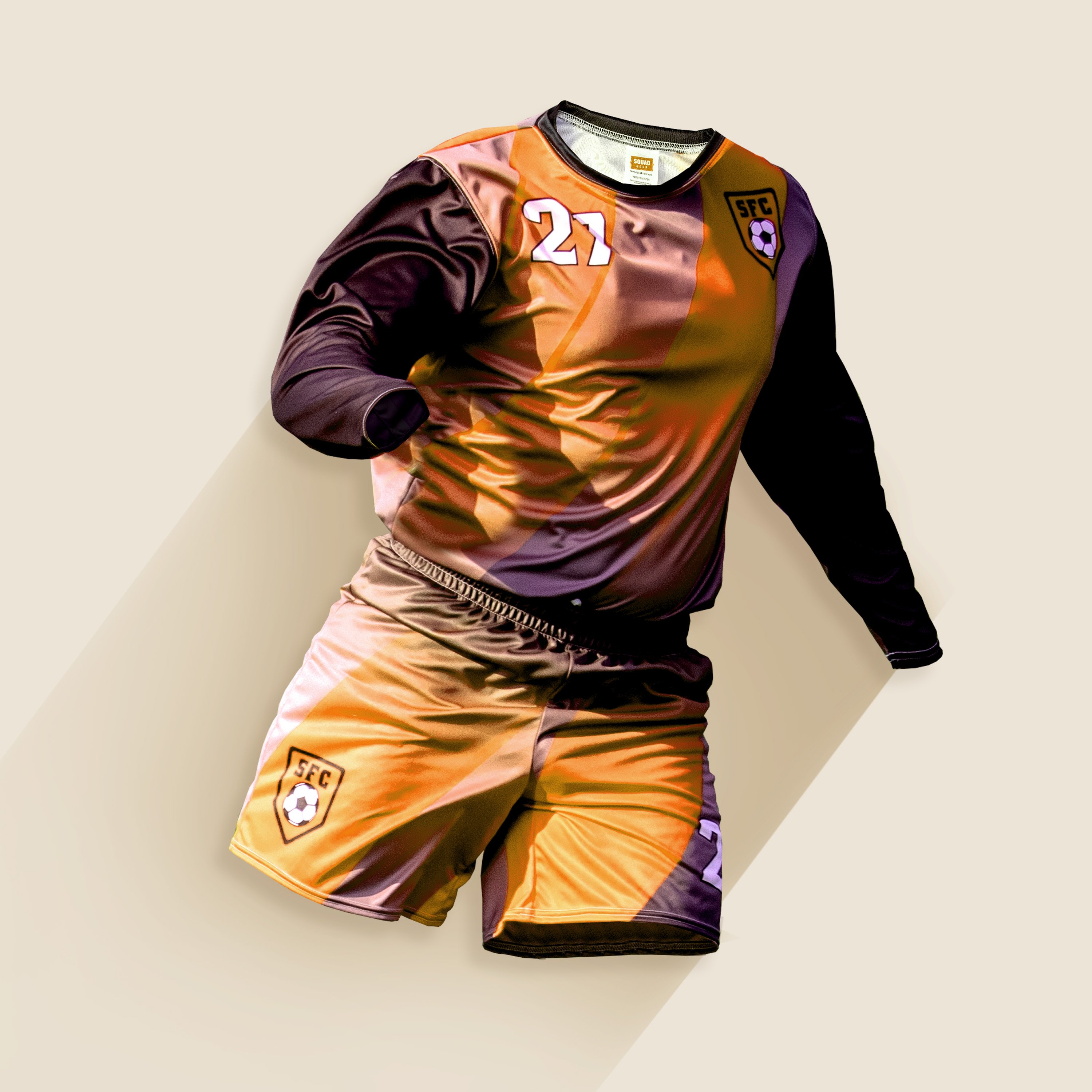The more you think about all the benefits that can accrue from peer-to-peer mentorship, the more it makes sense to start a program of your own. One of the things kids have missed most during the pandemic is the close relationships they have with friends, schoolmates and teammates.
Parents, teachers and coaches know those relationships are about more than having fun. Young people learn social and communication skills by interacting with one another.
Peer mentorship offers exponential value
Peer mentoring brings youth together in the best possible way, deliberately including kids who might never have connected otherwise. Michael Karcher, PhD notes that when “students themselves assist in the delivery of guidance lessons and learning experiences for other students, the number of students affected by the developmental guidance program may be greatly magnified or doubled.”
The same holds true for youngsters who come together for sports. In fact, shared love of a sport is an easy and sensible launching pad for a peer mentorship program. Everyone benefits:
- Student-athlete mentors can strengthen their leadership and communication skills
- Mentees learn life lessons that will serve them well forever and may also improve academically
- The community (school, YSO, the greater surrounding community) gains emerging leaders
Schools as well as YSOs can sponsor peer mentorship programs. However, if mentor-mentee connections will be based on sports, then coaches must buy into the concept and be willing to serve as program promoters and facilitators. Coaches are critical because they will likely be the ones responsible for identifying and recruiting young mentors.
Starting a peer mentorship program
You’ll need to think through how you want to structure your program and how it will operate day to day. For example, some programs are highly formalized whereas others are less so.
This can feel daunting, but don’t let it hold you back. The Society for Safe and Caring Schools & Communities has developed an extensive teen mentorship training toolkit you can use to design and implement your program.
How to recruit members for a peer mentorship program
You can pair teens in upper high school classes with freshmen or sophomores or with middle schoolers. In some cases a high school varsity team (or some of its members) could serve as mentor to an elementary school team. Older students can also mentor younger classmates on how to navigate school successfully.
But who to choose? Ask yourself:
- Who are the obvious choices to serve as mentors?
- Who has potential to really blossom with an opportunity to serve as mentor?
- Who are the students/players that could most benefit from one-on-one time with a mentor?
- Consider including some mentees who are not “at risk,” as they can benefit the entire program by modeling good “menteeism.”
You can use social mapping to help identify the students/athletes who have strong social credibility and the power to exert positive peer pressure to influence other kids’ behavior.
Developing training methods for peer mentorship
Being a peer mentor is a real “job,” not just an informal meet-up. Some teens are natural leaders and role models, but that doesn’t make them automatically-great mentors. They will need direction and training.
Budding mentors need to know what it means to be a good mentor. They also need to learn communication skills that will enable them to be positive, effective mentors.
Not only do peer mentors need to be trained, an administrator or guidance counselor or coach – the adult designated to lead the program – should also be trained in how to develop a program destined for success. The toolkit we mentioned earlier can be a tremendous help here.
Setting clear expectations for peer mentors
Ground rules are essential, so mentors and mentees understand the parameters of the program and what each of them is expected to contribute. You’ll want to create well-defined roles for the coach or other administrator, for mentors, and for mentees. Put it in writing in a concise document you can share with participants and others who are invested in the program and its success.
One way to give the program functional structure is to schedule specific time for mentors and mentees to get together – say 15 minutes after practice. This doesn’t necessarily preclude getting together at other times, but it ensures a minimum amount of one-on-one time for each pair.
Peer mentorship activities can include more than sports skills or strategizing, and the community needn’t wait till the kids are grown to realize the benefits of having them as citizens. Mentors and mentees can team up to lead by example in ways that benefit the community right now – fundraising for special projects or organizations, for example.
Following up...
How will you track and measure program progress?
With clear goals and a sound structure, your peer mentorship program will get off to a solid start.
Share this Story



.jpg)







